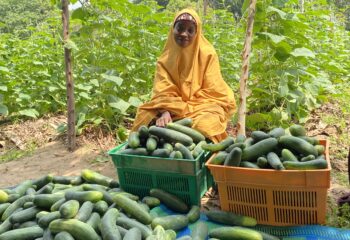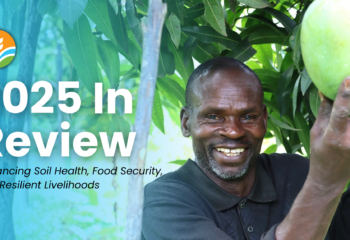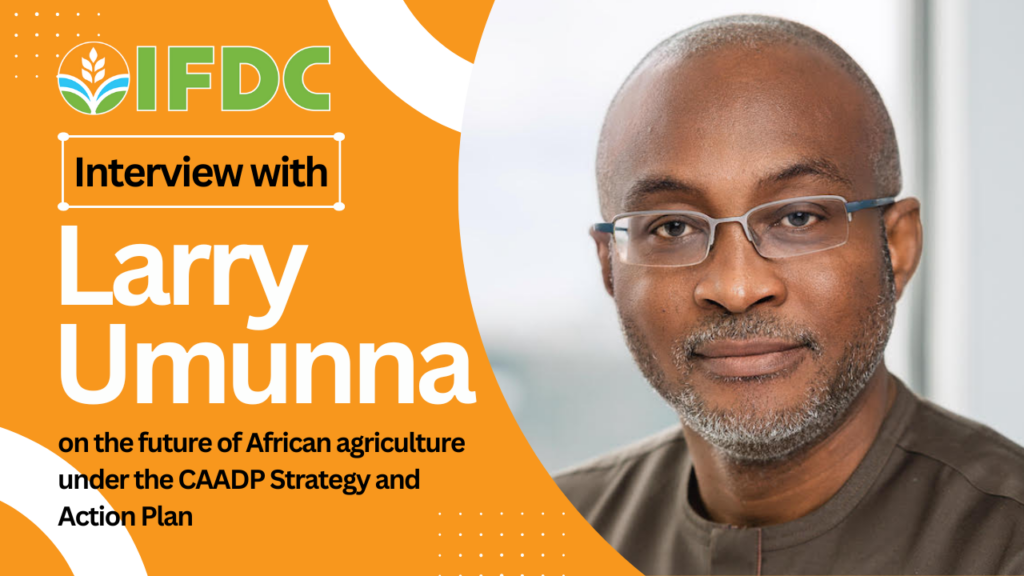
In a special interview, we spoke with Larry Umunna, Interim Executive Director of the Coalition of Implementors for Fertilizers and Soil Health (CIFSH), to discuss the future of African agriculture under the newly endorsed Comprehensive Africa Agriculture Development Programme (CAADP) Strategy and Action Plan: 2024‑2034.
With his extensive experience in agricultural development and market-based solutions, Larry shares insights on how key frameworks such as the African Fertilizer and Soil Health Action Plan (AFSH-AP) and the Soil Initiative for Africa (SIA) can drive sustainable soil health management, enhance resilience, and accelerate economic growth across the continent and how IFDC can support these initiatives.
The CAADP strategy emphasizes a shift to an agrifood systems approach. How can different sectors collaborate more effectively to build sustainable and inclusive food systems?
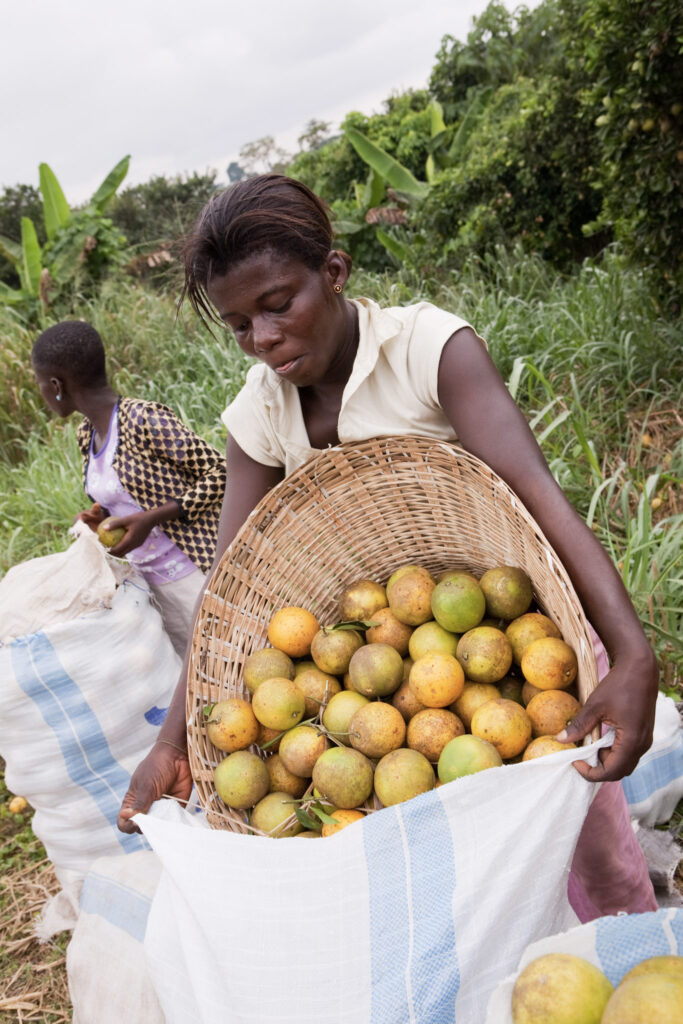
A functional agrifood system, largely driven by urbanization, population growth, economic growth, innovation, and so on, would typically consist of core activities such as production, processing, retailing, consuming, transport, and storage. It is important for actors in this system recognize the interconnectedness of these various activities within it.
Stakeholders must also be committed to strong, inclusive, multi-sectoral, purposeful, and impactful partnerships that focus on innovation and resource mobilization strategies. Outcomes of these partnerships should at the very least be measurable and convergent, and actors within the agrifood system should be intentional in implementing programs that create jobs, diversify economies, and raise incomes.
How does CAADP align with the AFSH-AP, and what synergies should be leveraged to drive both initiatives forward?
CAADP is one of the flagship strategies designed to achieve the African Union’s (AU) Agenda 2063: “The Africa We Want,” which aims to double agricultural productivity and ensure that at least 30% of agricultural lands are managed with sustainable practices. The AFSH-AP has clear key performance indicators linked to improving agricultural productivity and restoring degraded land in Africa.
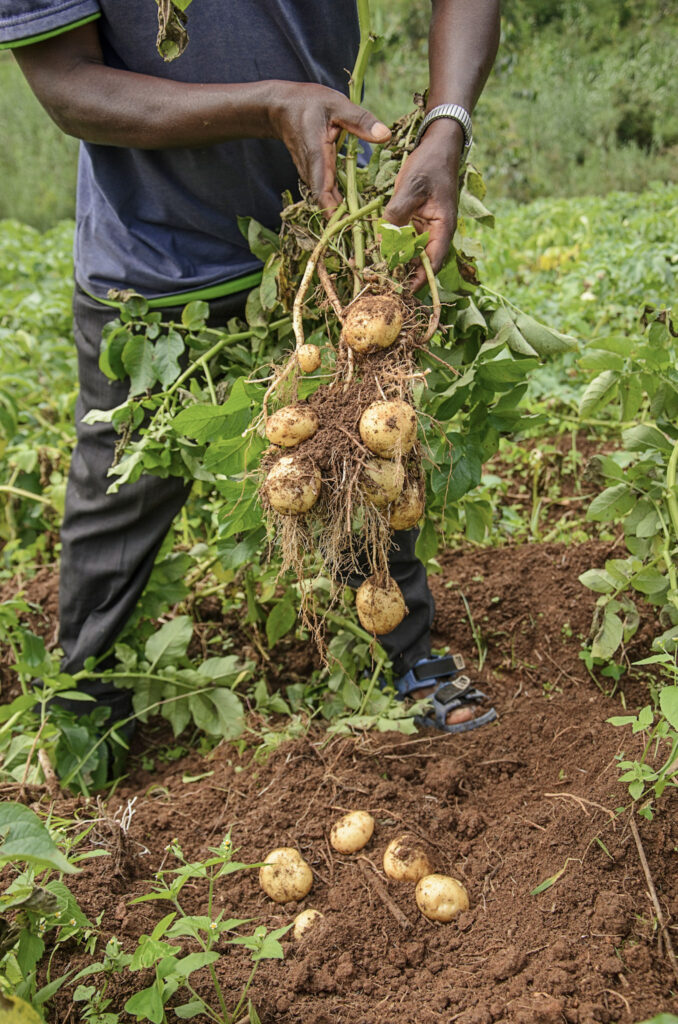
CAADP and the AFSH‑AP share additional goals, such as reduction in malnutrition and poverty. Both policy frameworks recognize the need for building institutional and human capacity; both seek improved policies, investment, finance, and markets; and both focus on multisectoral coordination and collaboration.
When developing national and regional programs for the implementation of the AFSH‑AP, it is crucial that CAADP’s strategic objectives are taken into consideration. Partnerships, resource mobilization, and strengthening institutional capacities should be integral components of such programs as well.
Countries supported by implementing partners such as the CIFSH, which includes IFDC, should ensure that their national agricultural investment plans include the actions and interventions outlined both by CAADP and the AFSH-AP.
What role does IFDC play in supporting CAADP, SIA, and the AFSH-AP to improve soil health and access to quality fertilizers across Africa?
As a leading member of CIFSH, IFDC leverages its expertise to create a finance-driven environment, specializing in fertilizer development and nutrient management, while providing financial solutions, enhancing distribution, and improving market access.
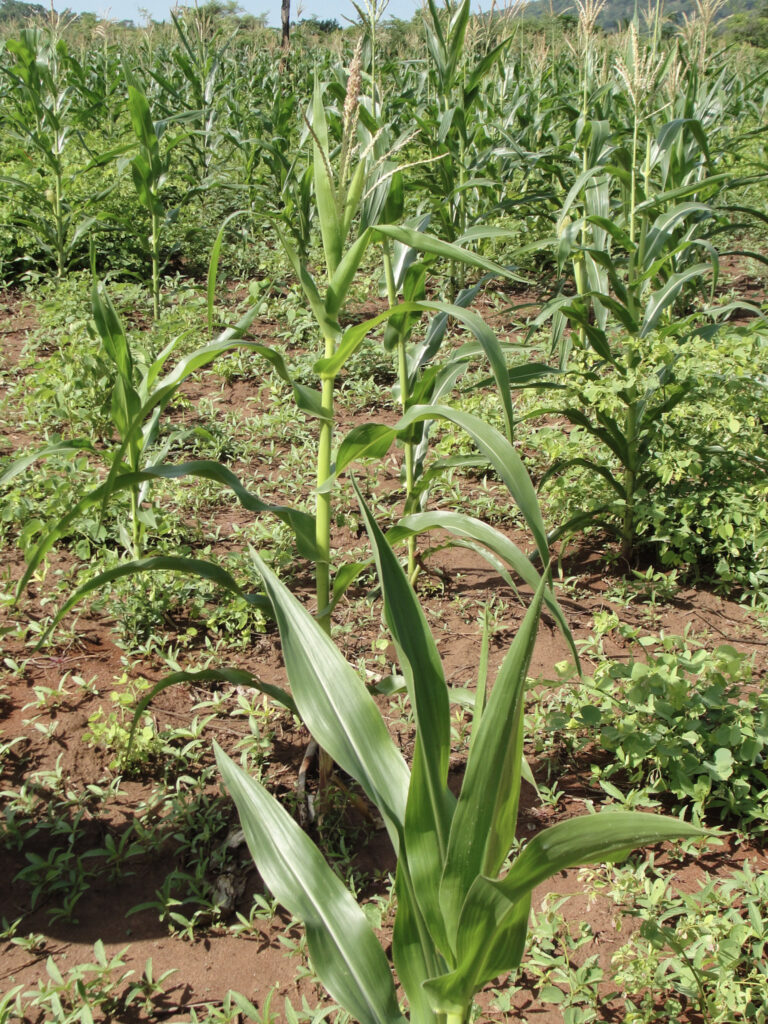
The organization is involved in supporting high-level advocacy efforts required to ensure the implementation of these important policy documents, including convening strategic meetings and providing technical support to the AU, the African Union Development Agency-NEPAD (AUDA-NEPAD), and the Forum for Agricultural Research in Africa (FARA).
IFDC was also instrumental in the establishment of the West African Regional Hub and is currently active in the establishment of the regional hubs for eastern and southern Africa, aiming to tackle soil degradation and promote sustainable fertilizer use, ultimately boosting agricultural productivity and livelihoods.
What role does soil health play in building sustainable, resilient, and inclusive agricultural systems, and how do the SIA and the AFSH-AP support these resilience objectives?
Addressing the difficult issues around the soil fertility crisis by proven approaches, such as integrated soil fertility management, would go a long way toward improving unwanted outcomes such as nutrient depletion, poor crop management, low yields, and land degradation.
Successful approaches to soil health consider the negative nutrient balance in cropland and inappropriate nutrient application and encourage an increase in extensive farming practices.

The SIA, a long-term framework, is designed to systematically improve the health and productivity of Africa’s soils and takes a holistic perspective on the soil fertility crisis. It emphasizes locally led solutions, knowledge sharing, and policy alignment to ensure that soil health becomes a central pillar of sustainable agricultural transformation across the continent.
The AFSH-AP is a 10-year plan that specifically deals with various aspects of soil health. This plan is expected to produce major outcomes, including improved policies and markets for fertilizer and soil health management, improved access to and affordability of mineral and organic fertilizers, and greater efficiency, resilience, and sustainable use of such fertilizers.
Looking ahead to 2035, what do you see as the biggest opportunities for African agriculture under the various strategies and action plans for agricultural development?
African agriculture is poised for significant advancements through innovation, trade expansion, value addition, and inclusive participation. Advancements in agricultural technologies, including climate-smart practices, precision farming, and improved seed varieties, will enhance productivity and resilience. Digital tools and data-driven decision-making will empower farmers with real-time insights to optimize yields and resource use.
Increasing intra-African trade presents a major opportunity to strengthen regional supply chains, improve market access, and reduce reliance on imports. Additionally, increasing investment in food processing and value addition will not only enhance food security but also create new economic opportunities, reducing post-harvest losses and boosting rural economies.
Furthermore, the growing involvement of youth and women in agriculture, driven by capacity-building programs and entrepreneurial support, will further accelerate progress, ensuring a dynamic and inclusive agriculture sector that contributes to sustainable food systems and economic growth across the continent.

